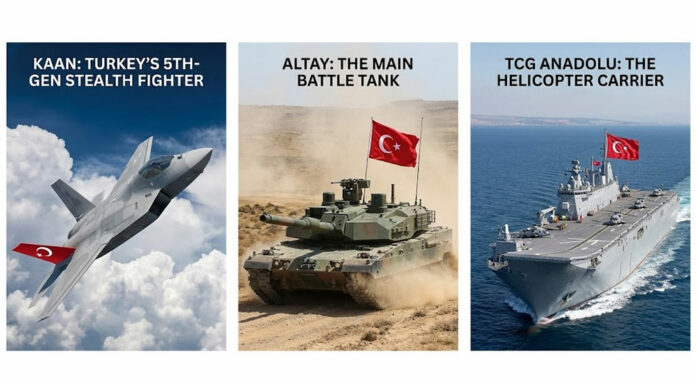

Soldiers who took part in the Maneuver Battle Lab’s Ground Combat Vehicle (GCV) assessment last month at Fort Bliss, Texas, praised the various capabilities and features on the five vehicles used in the week-long evaluation. The EXFOR conducted platoon-level operations on five different platforms at Fort Bliss: M2A3 Bradley Fighting Vehicle, Turret-less Bradley, Double V-Hull Stryker, Swedish CV9035 vehicle and the Israeli Namer. Each vehicle was evaluated for durability, capacity, modularity, lethality, interior space and operational capability.
Harry Lubin, the Maneuver Battle Lab’s Live Experimentation Branch chief, said the Army is assessing the best attributes on each vehicle as part of an effort to consolidate them into a design that could replace the Bradley Fighting Vehicle in the future.
The Ground Combat Vehicle assessment’s first stage unfolded in Israel this past winter, when the experimentation force took part in a month-long evaluation of the Israeli Namer. In March, the Soldiers were in Denmark working with the Swedish CV9035 vehicle. The Fort Benning Soldiers ran six missions a day — three during the day and three at night — across open desert and urban terrain.
“Maneuverability was my focus,” said Spc. Michael Platzer, a driver. “The CV9035 was the most responsive, but the two Bradleys were a close second. I found that the vehicles with a three-man crew allowed us to maneuver and fight better, and they were still capable of carrying a whole squad.” Maneuver Battle Lab officials said a key objective in the Army’s campaign is to produce a vehicle that can carry nine fully equipped Infantrymen and three crew members. The M2A3 Bradley Fighting Vehicle currently in use holds a maximum of seven Infantry Soldiers.

Sgt. Nehemiah Robertson, a gunner, said he identified a target at 1,500 meters in the Swedish CV9035 vehicle but also liked the Bradley’s sights capability. Both delivered great firepower. “We liked the bigger-gun capabilities,” Manilla said. “Any vehicle without a large cannon to destroy armored vehicles gave us some challenges because it forced the Soldiers to dismount.”
Each vehicle provided different levels of situational awareness, said Maj. Jerel Evans, the EXFOR commander. The Israeli Namer, for example, had seven cameras — they can show the positions of dismounted squad members and where the gunner is firing.

“All those vehicles and emerging technologies allow Soldiers to have that situational awareness before they hit the ground,” he said. “Survivability is a big feature the Army is going after in a new ground combat vehicle. It has to be able to maneuver in urban environments and off-road terrain. The IED (improvised explosive device) threat has changed the way we fight. It’s put more emphasis on survivability.”
Evans said he likes the direction taken by the Army in seeking a vehicle that’s as versatile, lethal and adaptive as the individual warfighter.
“We need a vehicle that deals with the capability gaps we’ve had in other vehicles,” he said. “This comes from lessons learned since we’ve been fighting in 10-plus years of war in Iraq and Afghanistan. I love this new concept.”
“As these assessments go, it went successfully well at Fort Bliss,” Lubin said. “We built the scenarios and command-and-controlled the exercise to get at those data points we needed to get at. Our goal, for the whole process, was to provide feedback to the Mounted Requirements Division so we can make an informed decision down the road. It’s critical they get the requirements right so industry knows what to build to.”
About 75 personnel from Fort Benning had roles in Phase 2 of the nondevelopmental assessment, which was aimed at informing Army leaders about eventual requirements for a new Infantry fighting vehicle. It included about 45 Soldiers from A Company, 1st Battalion, 29th Infantry Regiment, 197th Infantry Brigade, the post’s experimentation force, known as the EXFOR.
The results of these evaluations could shape the Army’s attitude toward refining the scope of the future GCV, especially when tradeoff between cost and requirements will unfold, as the program move through its next phases. Given the role of BAE Systems (CV9035, Bradley) and GDLS (Stryker, Namer)as prime contractors for two of the foreign vehicles, positive conclusion of the testing could also trigger expanding the scope of potential vehicle types or vendors considered for the future program.




















